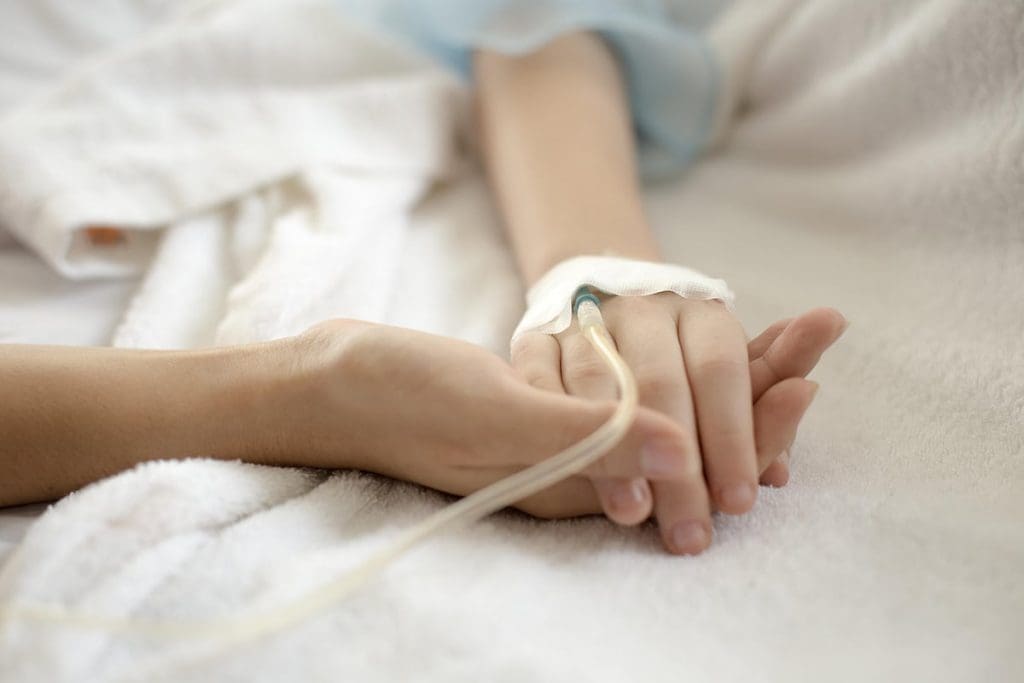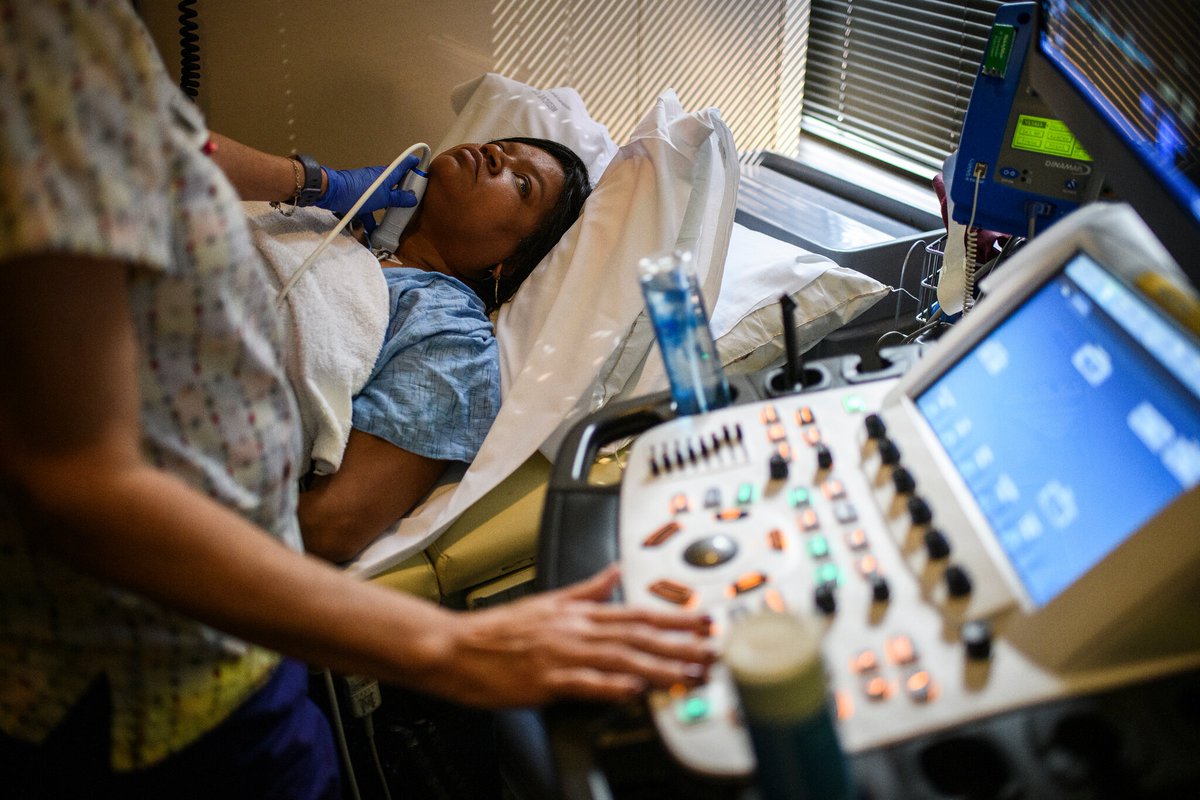Last Updated on November 13, 2025 by

During a sickle cell crisis, also known as a vaso occlusive crisis, patients face severe pain. This pain comes from sickled red blood cells blocking blood vessels. It’s vital to manage this effectively to ease their suffering and avoid serious issues.
At Liv Hospital, we focus on quick action. We use strong pain medicines, like opioids and non-opioids, to help. We also give intravenous hydration to stop more sickling. If needed, we provide supplemental oxygen for patients who are not breathing well.
Our goal is to give complete care for those in a vaso occlusive crisis. We aim to meet their complex needs and help them feel better.
It’s important to know about sickle cell crisis to help care for those affected. Sickle cell disease is a genetic disorder that changes how red blood cells are made. These cells can block blood vessels, causing serious health problems.

A vaso-occlusive crisis, or pain crisis, happens when sickled cells block blood vessels. This leads to tissue ischemia and pain. It’s a common problem for those with sickle cell disease and can happen suddenly.
The pain can be very severe and often happens in the bones, chest, or back. It may also cause fever, swelling, and a faster heart rate. Knowing these symptoms is key to getting help quickly.
Knowing what triggers sickle cell crises can help prevent or lessen their impact. Common triggers include dehydration, infections, extreme temperatures, and stress. Recognizing these can help manage the condition better.
Some people may feel tired, pale, or have trouble breathing before a crisis. Spotting these signs early can help lessen the crisis’s severity.
Vaso-occlusive crises are a big worry for those with sickle cell disease. They affect up to 94% of patients over their lifetime. These crises can lead to a lot of hospital stays, affecting quality of life.
At Liv Hospital, we focus on creating care plans that meet each patient’s needs. By understanding the impact of these crises, we can help manage them better. This improves patients’ overall health and well-being.
Managing pain during a sickle cell crisis is key. We use both opioid and non-opioid drugs at Liv Hospital. We know how hard it is to manage sickle cell pain. So, we use many strategies to meet each patient’s needs.

Opioids are vital for severe pain in sickle cell crisis. We pick the right opioid and dose for each patient. Hydroxyurea is also used to lower pain crisis frequency and reduce hospital stays.
We give opioids in ways that fit each person best. This includes pills, IVs, and PCA. This way, we manage pain well and avoid bad side effects.
We also use non-opioid drugs to help with pain. These include NSAIDs and other meds to ease pain and swelling.
We look into other ways to help with pain too. Like relaxation techniques and physical therapy. These help patients feel better and recover faster.
Creating pain plans that fit each person is important to us. Our team works with patients to understand their needs. This way, we make a plan that works just for them.
We check and update these plans often. This makes sure they keep working well for the patient. Our goal is to give the best pain relief and care possible.
Hydration and oxygen therapy are key treatments for sickle cell crisis. At Liv Hospital, we know how important they are. They help ease symptoms and prevent more problems.
Intravenous hydration is a big part of our treatment for sickle cell crisis. We give intravenous fluids to keep patients hydrated. This helps stop more red blood cells from sickling.
Our guidelines for giving fluids are based on each patient’s needs. We consider how severe the crisis is and the patient’s health. Drinking lots of water is also important to avoid dehydration, which can cause a crisis.
Keeping well-hydrated is key to stopping more sickling. It makes blood flow better and reduces the chance of more sickling. We tailor our hydration plans for each patient to help them recover.
Studies show hydration is very important in managing sickle cell disease as highlighted in recent studies.
We give supplemental oxygen to patients with a sickle cell crisis if they’re not getting enough oxygen. We watch their oxygen levels closely to see if they need oxygen therapy. If they do, we give them oxygen carefully to meet their needs.
This helps reduce hypoxia and lowers the risk of more problems. Our team keeps a close eye on how the patient is doing with oxygen therapy. We adjust the treatment as needed to get the best results.
Blood transfusions are key during severe sickle cell crisis, like acute chest syndrome or stroke. At Liv Hospital, we only use them when they’re most needed. This careful approach helps our patients the most.
Emergency blood transfusions are for those at high risk of severe complications. Severe anemia, acute chest syndrome, and stroke are reasons we consider them. We look at each patient’s history and current health to decide if a transfusion is right.
There are two main types of blood transfusions for severe sickle cell crisis: simple and exchange. Simple transfusions add red blood cells to increase the patient’s count. Exchange transfusions replace the patient’s red blood cells with donor ones to lower sickled red blood cells. The choice depends on the patient’s condition and crisis severity.
Acute chest syndrome and stroke are serious complications of sickle cell disease. Blood transfusions help by reducing sickled red blood cells and improving oxygen delivery. They also lower stroke risk in children with sickle cell disease. We work with our patients to create a transfusion plan that reduces these risks.
By managing blood transfusions carefully, we can improve outcomes for patients with severe sickle cell crisis. This approach also reduces the risk of serious complications.
Antibiotic therapy and infection control are key parts of treating sickle cell crisis. At Liv Hospital, we focus on catching infections early and starting the right antibiotics.
Infections can make a sickle cell crisis worse. We watch for signs like fever and changes in how a patient feels. Finding infections fast is very important to avoid more problems.
“Infection is a big worry for sickle cell patients, and finding it early is key,” say top hematologists.
The right antibiotic depends on the infection and local resistance. We stick to guidelines to give our patients the best treatment. Kids with sickle cell anemia often get penicillin from 2 months to 5 years old to prevent infections.
Preventing infections is a big part of managing sickle cell disease. We suggest vaccines against pneumococcus, meningococcus, and Haemophilus influenzae type b. These are key for this group.
Using antibiotics and prevention together can lower infection risk. Our team is dedicated to caring for our patients with sickle cell disease fully.
In managing sickle cell crisis, new methods are key to better patient care. Studies show that about 49% of crises need hospital care, and 20% require blood transfusions. At Liv Hospital, we focus on the latest in sickle cell disease management. We use L-glutamine, Voxelotor, and Crizanlizumab to give our patients the best care.
We aim to make patient outcomes better, cut down on hospital stays, and improve life quality for those with sickle cell disease. Our commitment to excellence and care shows our mission to offer top-notch healthcare. We support international patients with full care and support.
A vaso-occlusive crisis happens when sickled red blood cells block blood vessels. This causes tissue ischemia and pain. We offer detailed care to handle this condition’s effects.
At Liv Hospital, we use a variety of methods to manage pain. This includes both opioid and non-opioid analgesics. Our team works with patients to create personalized pain plans.
Staying hydrated is key to prevent dehydration and sickling of red blood cells. We stress the need for intravenous fluids to ease symptoms and avoid complications.
Blood transfusion is used for severe cases, like acute chest syndrome or stroke risk. Our hematologists carefully decide on the best transfusion plan for each patient.
We watch for infections and start antibiotics when needed. Our team follows the best antibiotic plans and preventive steps to lower infection risk.
Medical care is key, but lifestyle changes help too. Staying hydrated, avoiding extreme temperatures, and managing stress are important. We help patients create care plans that fit their needs.
Oxygen therapy is essential to ease symptoms and prevent complications. We provide supplemental oxygen as needed to ensure patients get enough oxygen.
Some patients can manage pain at home, but severe cases need hospital care. We help patients develop effective pain management plans for any setting.
Subscribe to our e-newsletter to stay informed about the latest innovations in the world of health and exclusive offers!